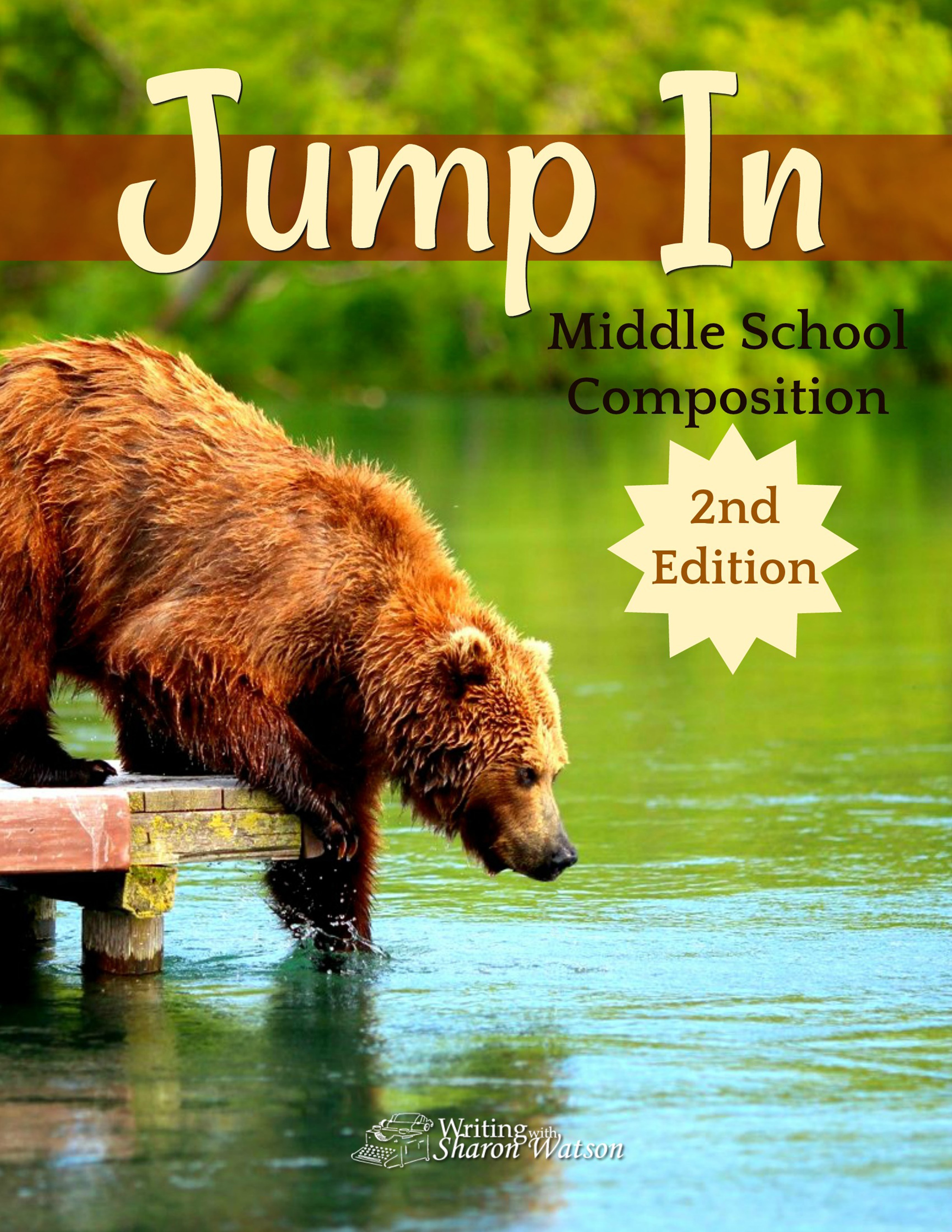This is a good time of year to read James Whitcomb Riley’s “When the Frost Is on the Punkin,” which you can read here. It describes the glories of life on the farm during the cool, crisp days of autumn, and the harvest season.
In the poem, you’ll find this phrase: “The husky, rusty russel of the tossels of the corn / And the raspin’ of the tangled leaves as golden as the morn. . .”
Note: Riley misspells “russel” on purpose. The correct spelling is “rustle.” Same with “tossels,” which is supposed to be “tassels.” And, of course “punkin,” which is, you guessed it, “pumpkin.” He’s using a country dialect in his writing.
Riley uses the three wonderful words “husky, rusty russel” to describe the sound of the dried leaves of the corn plant as they rub together in the wind. If you have ever heard those dry leaves or blades rubbing together, you can almost hear the “s” sound in the wind, as though they are whispering to each other.
What are Riley’s secrets to writing so well?
 Three Writers’ Devices
Three Writers’ Devices
Riley also uses three writers’ devices within those three words:
1. Alliteration: when two or more neighboring words begin with the same consonant sound. In this case, the “r” sound in “rusty” and “russel.”
2. Assonance: when a vowel sound is repeated in two or more neighboring words. In this case, the “u” sound in “husky, rusty, russel.”
3. Consonance: when a consonant sound is repeated within two or more neighboring words, not necessarily at the beginning of the word. In this case, the “s” sound in “husky, rusty russel.”
Wow! All that in three words!
Don’t worry if you can’t keep those devices straight. The important things to remember are that all of them involve repeating sounds in neighboring words and that they add to the delight of reading the poem out loud by making you hear the blades of corn.
You can use any of those three writers’ devices in poetry, story writing, or essay writing. What a deal!
Now it’s your turn: Write a sentence or two to describe a sound or a sight that occurs during autumn. Use alliteration, assonance, or consonance, or use any combination of the three.











